Facial recognition technology is a type of biometric technology that identifies and verifies the identity of an individual by analyzing their facial features. The technology has become increasingly popular in recent years due to its potential applications in security, law enforcement, and marketing, among other fields. There are several key technologies that are used in facial recognition, including machine learning, computer vision, and 3D modeling.
Machine learning is a key technology that underpins facial recognition systems. Machine learning is a type of artificial intelligence that enables computers to learn from data without being explicitly programmed. Facial recognition algorithms use machine learning to analyze large datasets of facial images in order to identify patterns and characteristics that are unique to each individual. This allows the system to create a digital signature or template that can be used to recognize an individual’s face even in different lighting conditions or from different angles.
This Touch Think 11.6" facial recognition terminal adopts to Rockchip RK3399 chip, a 64-bit powerful CPU, and is equipped with an Android 7.0 operating system, the main frequency reaches 2GHz, Mali-T860GPU graphics processor, etc. Supports multiple identification modules, and custom options, including face identification, document scanning, self-service QR payment, or payment by scanning the face, which helps life and works more efficiently and easier.
8" Facial Recognition Terminal
One of the key advantages of machine learning in facial recognition is that it can adapt to changes in an individual’s appearance over time. For example, if an individual grows a beard or changes their hairstyle, the system can still recognize them based on their underlying facial features. Machine learning algorithms can also improve over time as they are exposed to more data, which means that facial recognition systems can become more accurate as they are used more frequently.
Computer vision is another key technology used in facial recognition systems. Computer vision is the process of teaching computers to interpret and understand visual data from the world around them. In the context of facial recognition, computer vision algorithms are used to identify and locate specific facial features, such as the eyes, nose, and mouth, within an image or video.
Computer vision algorithms work by analyzing the texture, color, and shape of different facial features in order to identify them. For example, the algorithm may look for the shape of the eyes, the size of the nose, and the position of the mouth in order to create a digital representation of an individual’s face. Once these features have been identified, the system can compare them to a database of known faces in order to determine the identity of the individual.
11.6-inch Face Detection Verification For Access Control And Payment System
One of the challenges of computer vision in facial recognition is that it must be able to recognize faces from a wide range of angles and under varying lighting conditions. This requires sophisticated algorithms that can adjust for factors such as shadows, reflections, and changes in perspective. Advances in computer vision technology, such as the use of deep learning algorithms, have led to significant improvements in the accuracy and reliability of facial recognition systems.
3D modeling is another key technology used in facial recognition systems. 3D modeling is the process of creating a three-dimensional representation of an object or environment. In the context of facial recognition, 3D modeling can be used to create a detailed digital representation of an individual’s face that can be used to identify them in a wide range of settings.
One of the advantages of 3D modeling in facial recognition is that it can capture more detailed information about an individual’s facial features than traditional 2D images. This can make it easier to identify individuals who may have undergone significant changes in their appearance, such as plastic surgery or aging.
3D modeling can also be used to create a more robust database of known faces for use in facial recognition systems. By creating a detailed 3D model of an individual’s face, the system can store more information about their facial features than would be possible with a simple 2D image. This can make it easier to identify individuals who may have altered their appearance in some way.
However, 3D modeling is a more resource-intensive process than traditional 2D imaging, which can make it more challenging to implement in real-world applications. Advances in computer hardware and software have made 3D modeling more accessible in recent years, but it remains a specialized technology that is primarily used in high-security environments.
Touch Think face recognition terminals offer temperature monitoring & detection, and biometric access control solutions. For more information, please write to touchtec@sztouchtec.com.
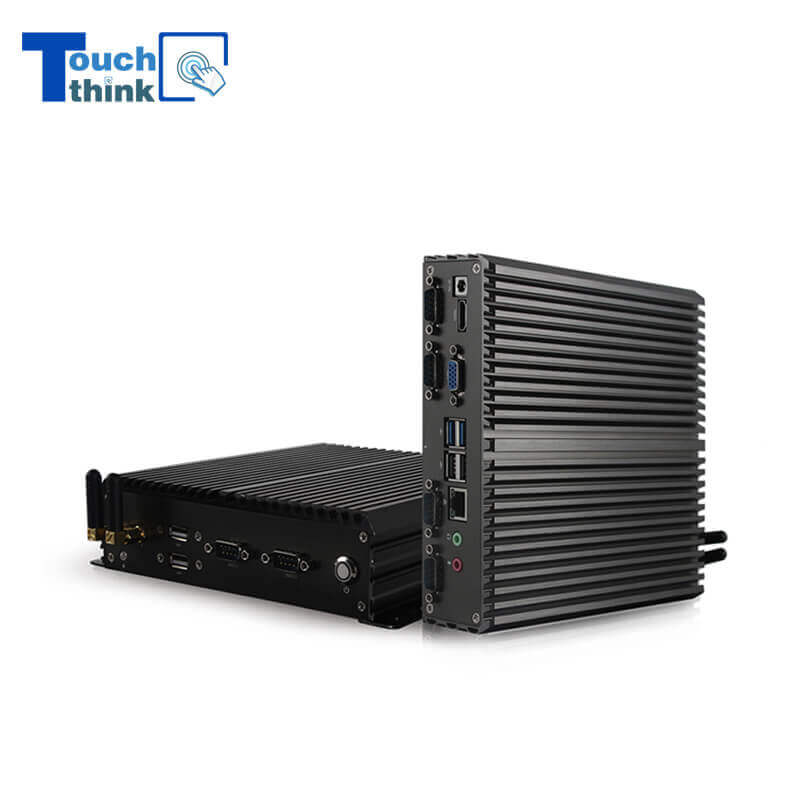
Industrial Mini PC Fanless i3 i5 i7 Industrial Box PC VIEW MORE
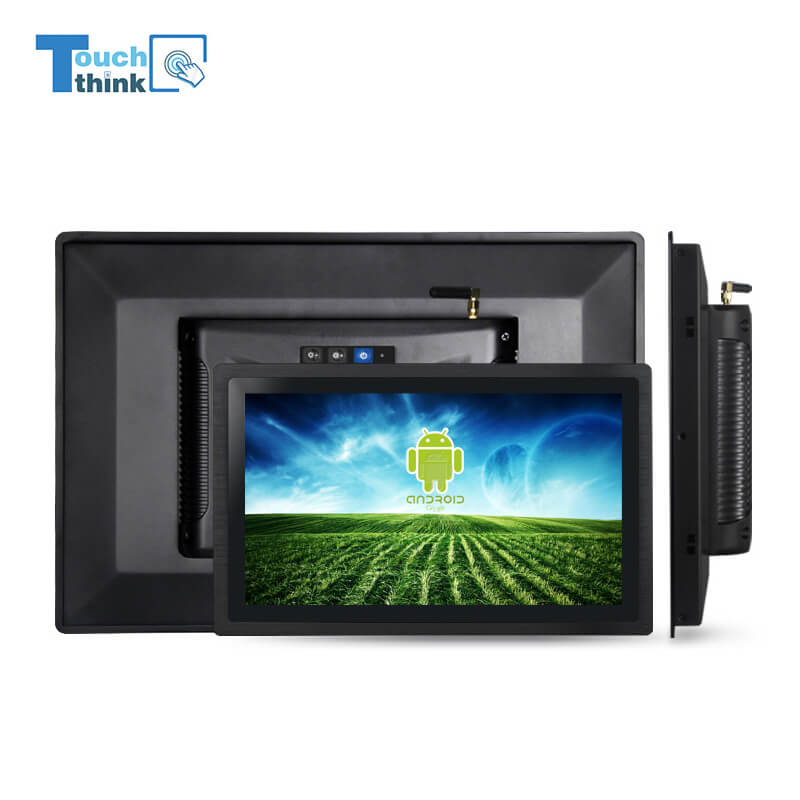
Android 13.0 Industrial Panel PC 21.5 Inch with 4G LTE WiFi Octa-Core For Meeting Room Smart Education VIEW MORE
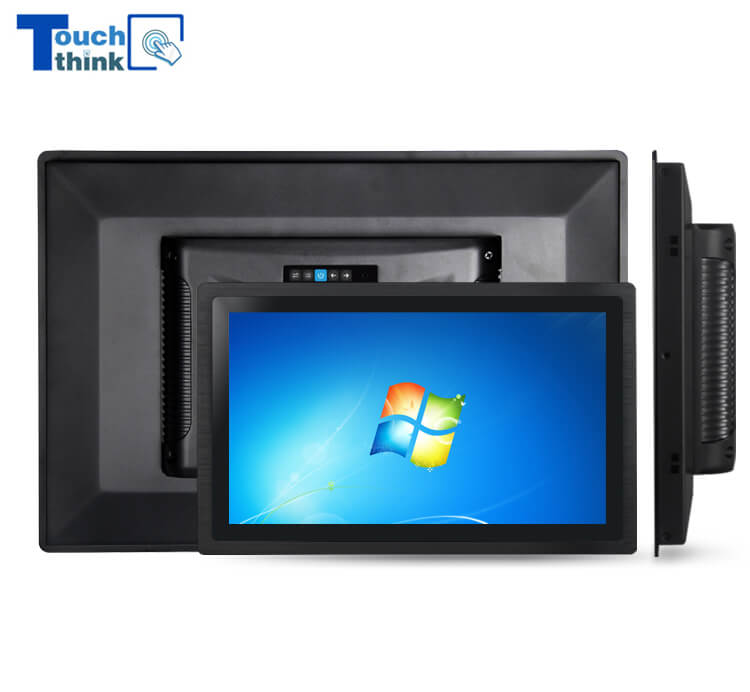
Sunlight Readable Industrial Monitor with Optional Display Size 10.1 inch VIEW MORE
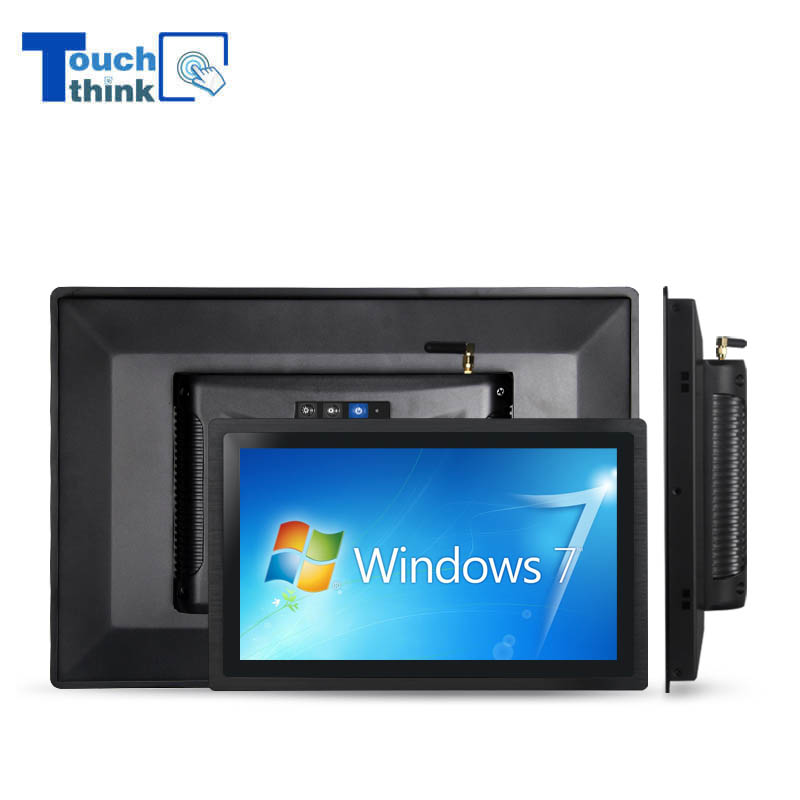
11.6 inch Windows Industrial All in One Panel PC With Touch Screen VIEW MORE
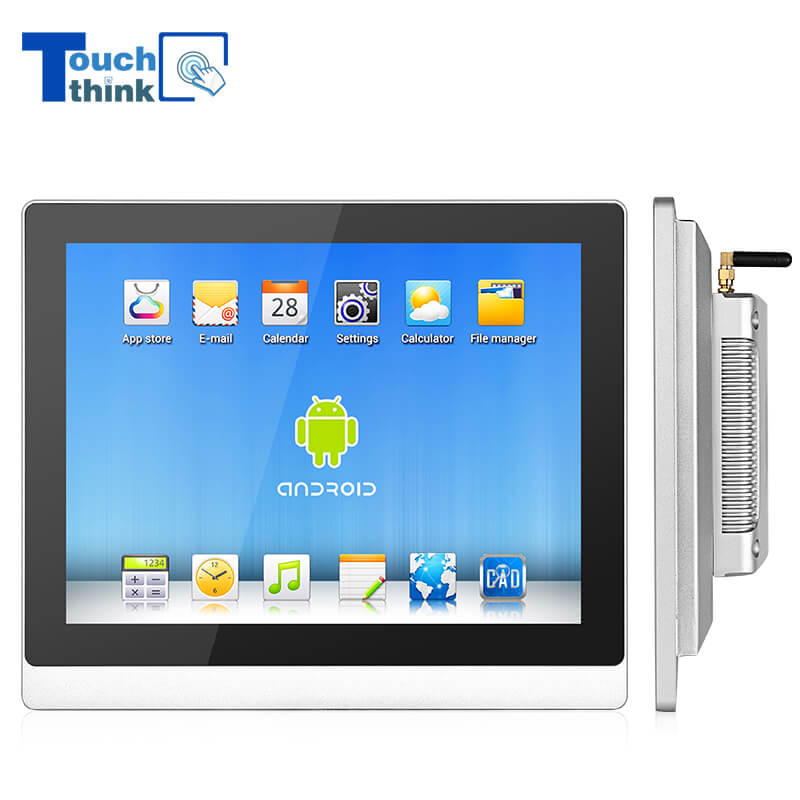
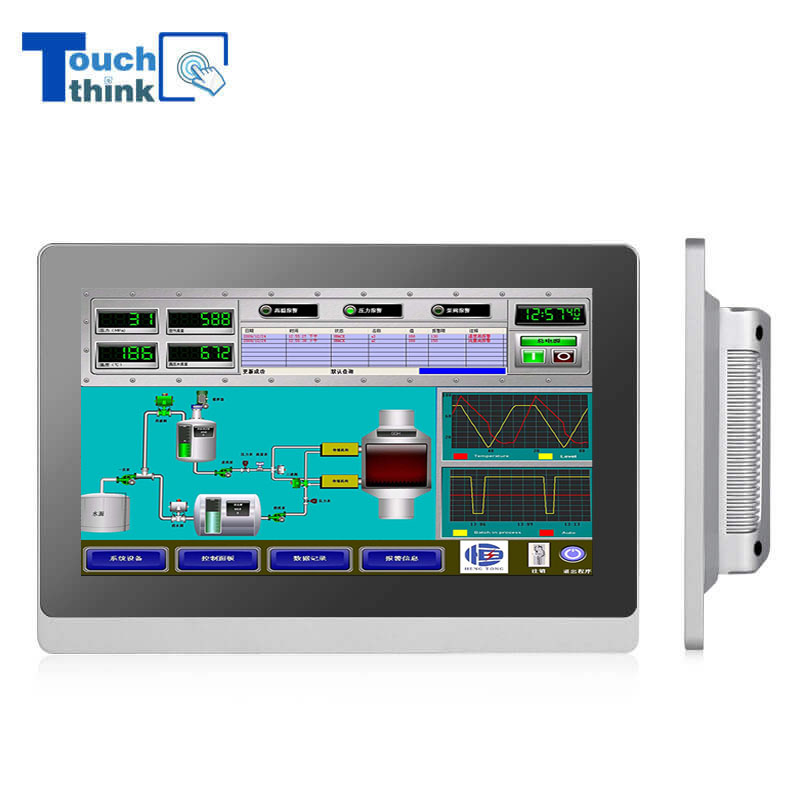
True Flat Capacitive Touch Screen Industrial LCD Monitor IP65 21.5 inch VIEW MORE
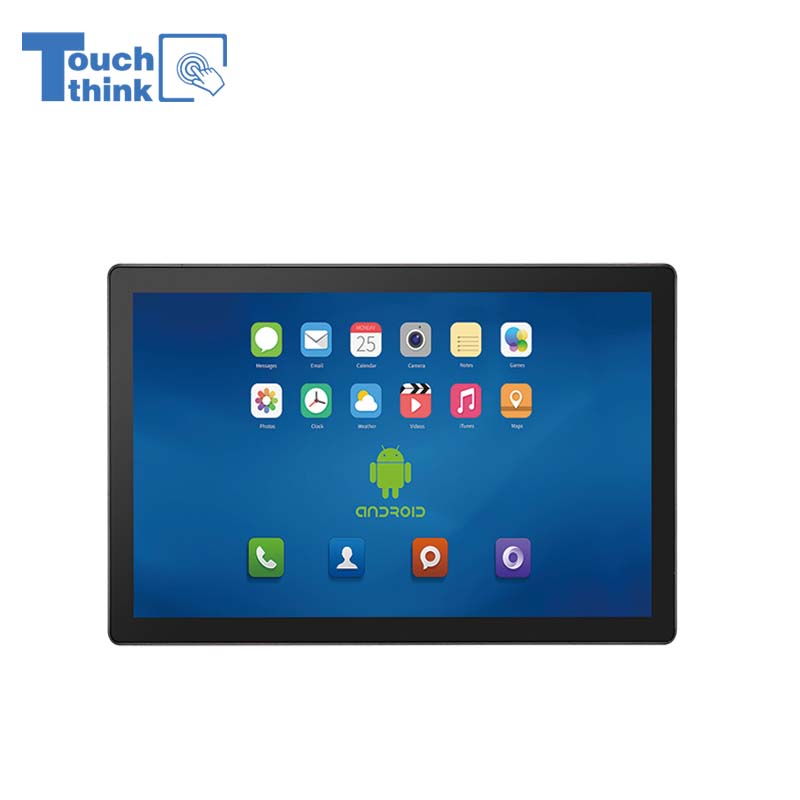
All Weather Android Tablet PC for Public Service Terminals 15.6" VIEW MORE
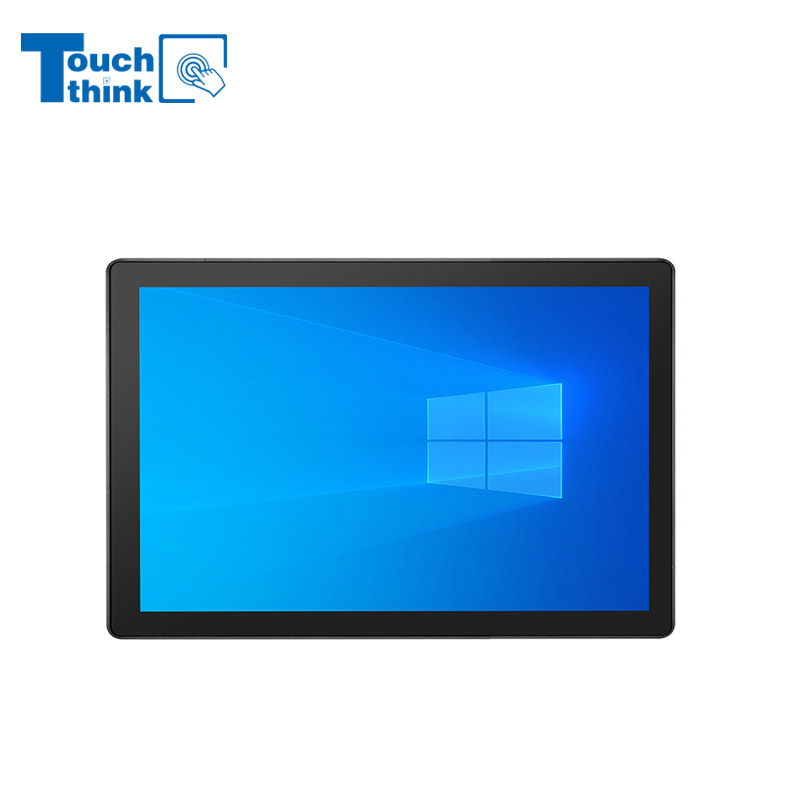
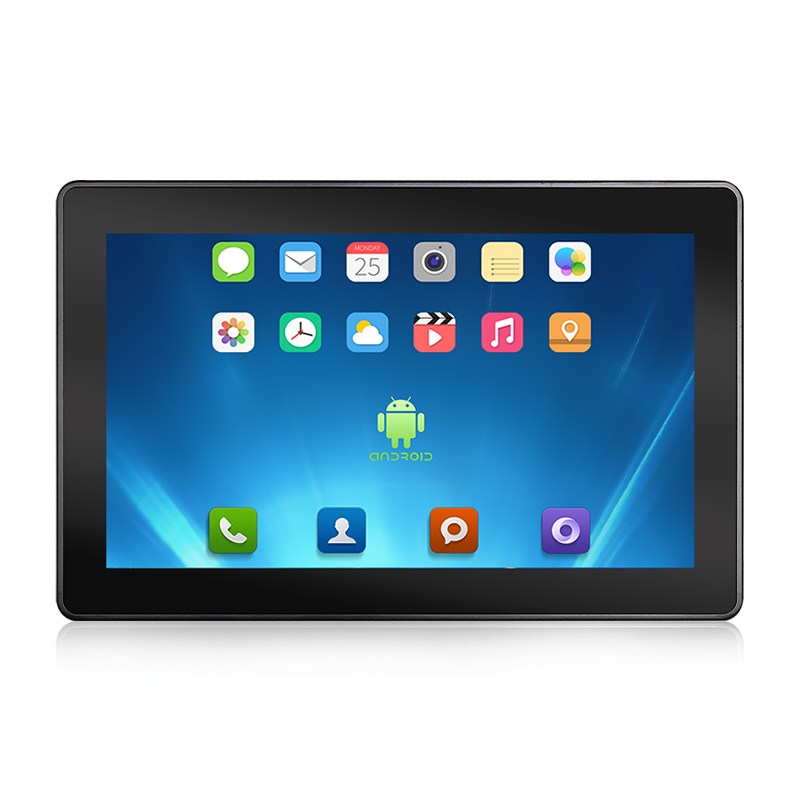
Industrial Android Tablet PC PoE Dual LAN Ethernet Android 12.0 / 7.1 / 9.0 / 10.0 VIEW MORE
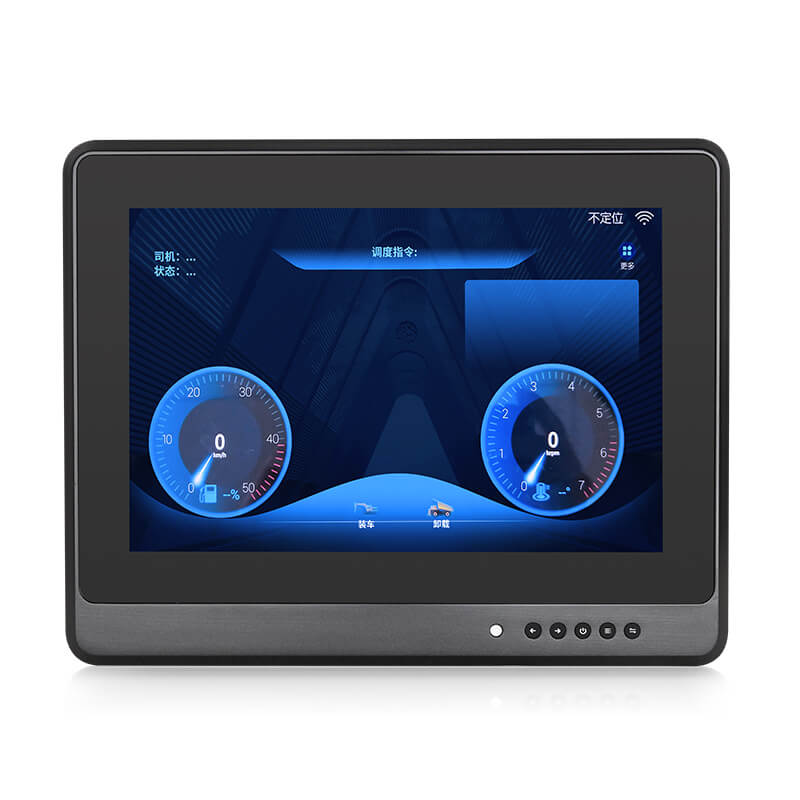
10.1" Vehicle Mount LCD Monitors Vehicle Touch Displays Car Crane Monitor VIEW MORE
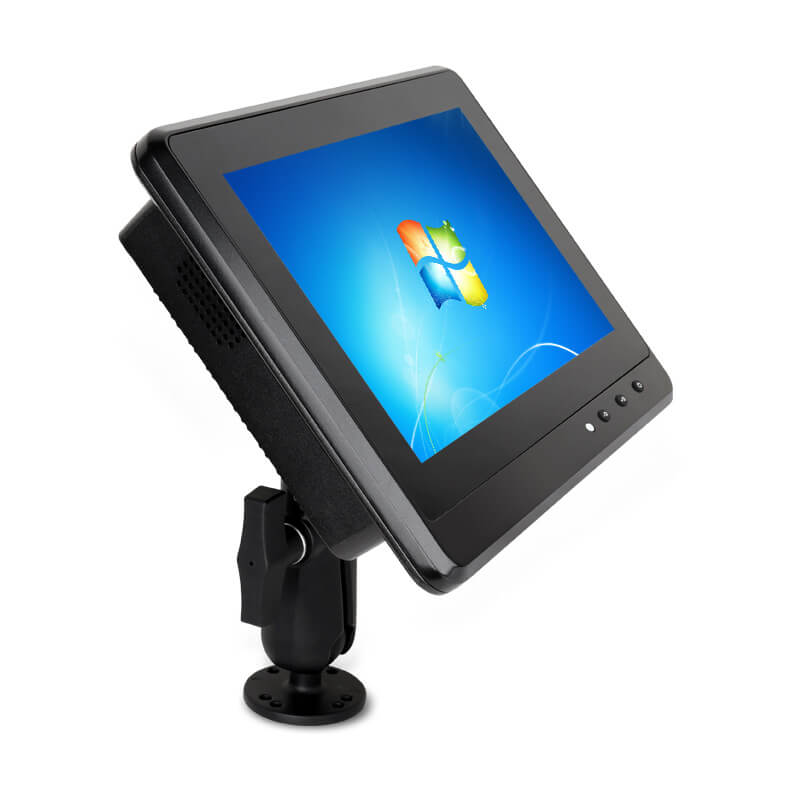
Transportation Panel PC Windows Vehicle Mounted Touch Computers VIEW MORE
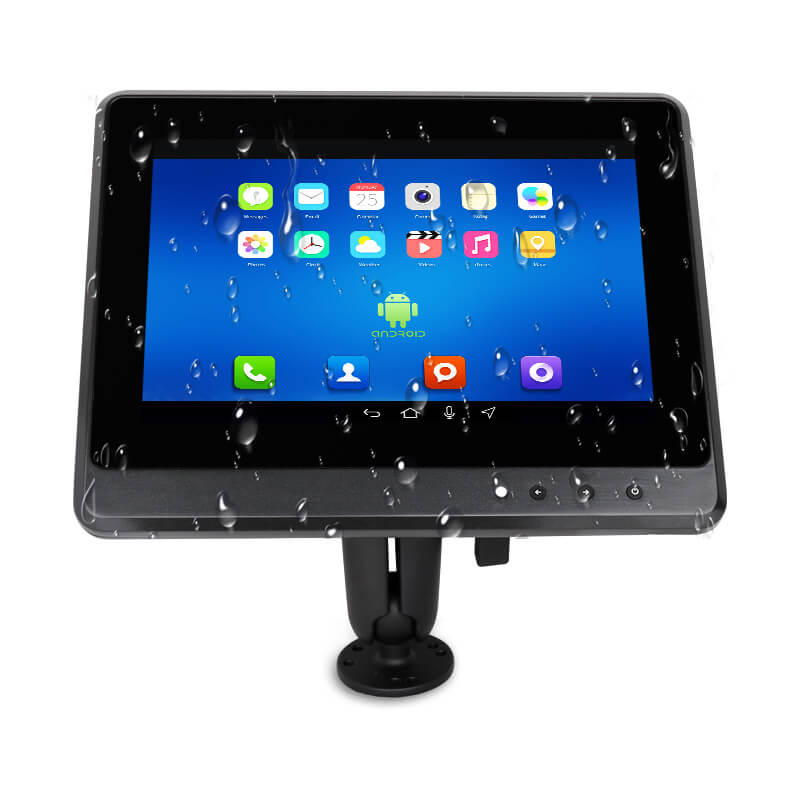
Android In-Vehicle Industrial Panel PC Vehicle AGV Computer VIEW MORE
Skype: live:touchtec
Copyright © Shenzhen Touch Think Intelligence Co.,Ltd. All Rights Reserved Update cookies preferences